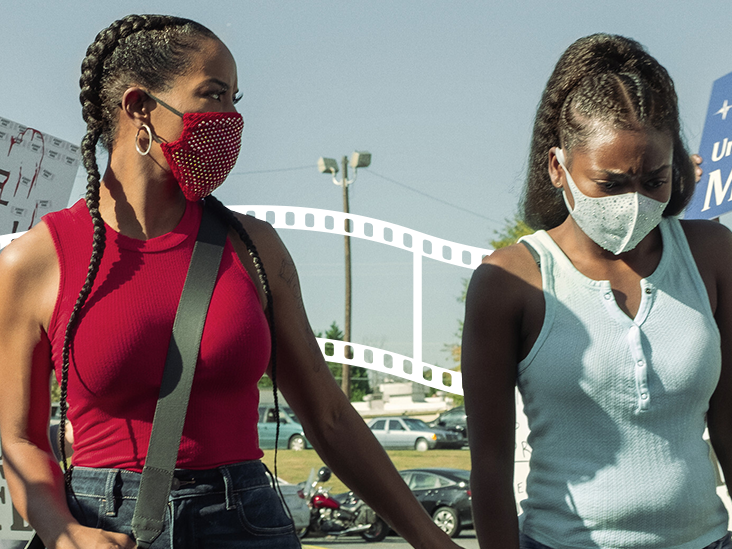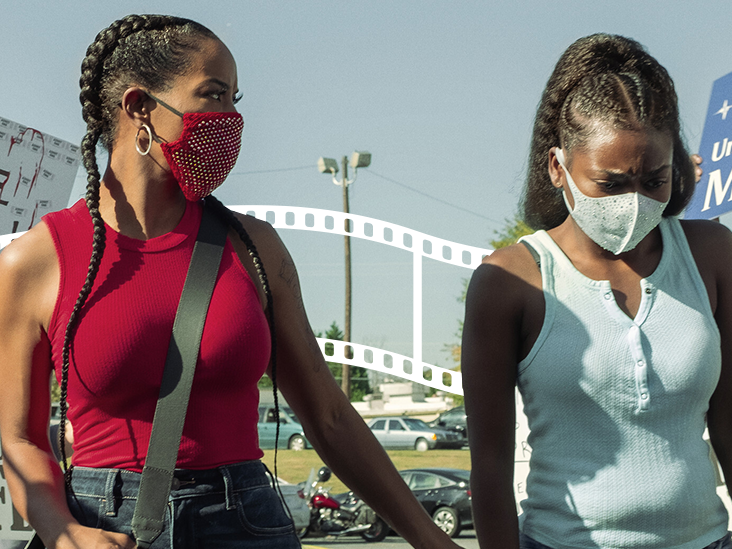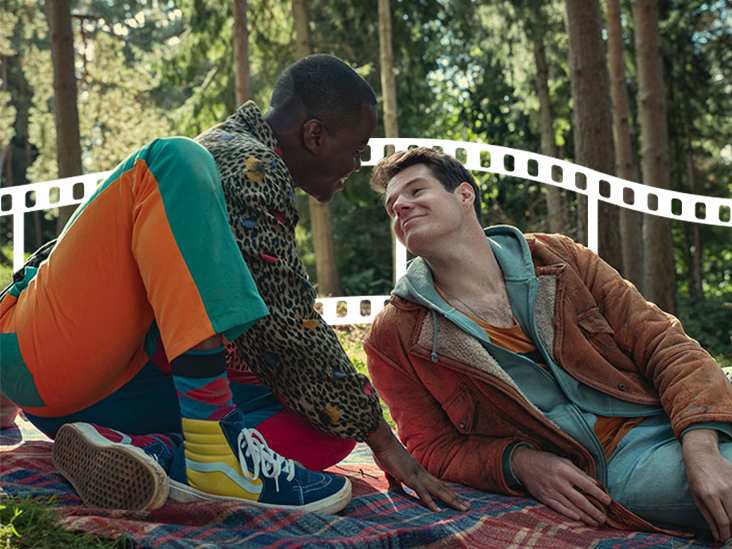The only thing that all fat people have in common? They weigh more.
Aside from that, we’re as diverse as any other group of people. Yet there’s long been a problem in mainstream media of fat characters not having any character depth beyond their size.
We need more and, more importantly, better fat representation.
“When I was a little girl, all I wanted to see was me in the media. Someone fat like me, Black like me, beautiful like me,” Lizzo shared in her 2022 Emmys acceptance speech for Watch Out for the Big Grrrls.
“This is for the big grrrls who now live in a world with a little more representation. Where they are treated with respect,” she continued. “To not be the punchline of a tired-ass fat joke. To be loved. To be talented. To be great. We do this because representation changes the culture and can change lives.”
She was absolutely correct. Historically, plus-size women tend to fall into specific stereotypical roles. She’s often the fat, funny best friend: her fatness is her defining characteristic.
And that’s if a fat woman is even cast in a role at all.
This 2022 report found that despite 42.5 percent of US women having large body types, fat women are vastly underrepresented, as a mere 6.7 percent of us make up the overall characters in the most popular films of the past decade.
Similar statistics were found for the past decade’s most popular TV shows.
The report also found that fat female characters are twice as likely to be portrayed as funny compared to thin female characters, less likely to be shown engaging in sexual activity, and less likely to be portrayed as fashionable or better than average-looking.
For decades, mainstream media has provided us with either a lack of or an extremely unflattering portrayal of plus-size bodies in TV shows, movies, and every other form of mainstream media.
All this has done is continue to feed diet culture—the social narrative that tells us how we should eat and look. By these standards, we experience acceptance when our bodies look a certain way.
Unfortunately, there are consequences.
Diet culture reinforces negative stigmas
According to a 2022 study, exposure to weight-biased content, including over-representing thin individuals, utilizing weight-related humor, and spreading misinformation about the causes of obesity, can reinforce negative stigmas.
Diet culture affects physical and mental health
According to the National Eating Disorders Association (NEDA), “The best-known environmental contributor to the development of eating disorders is the sociocultural idealization of thinness.”
According to the Center for Discovery, experiences of weight discrimination are linked to higher rates of:
- substance abuse
- anxiety
- mood disorders
- trouble regulating emotions
- lower self-esteem
- disordered eating
- psychological distress
Diet culture dehumanizes and fuels discrimination
When Hollywood contributes to weight stigma and diet culture, it only makes it easier to dehumanize fat people in real life.
To start, weight bias can lead to
A
Weight stigma only hampers weight loss
Diet culture and weight-related stigma is not an effective tool to motivate people to lose weight.
An older
On the flip side, a
While there’s a long way to go, there have been some positive advancements. Little by little, more positive portrayals of fat characters are happening.
‘Shrill’
Annie Easton (Aidy Bryant) on “Shrill” is arguably the best representation of a fat woman. Based on writer Lindy West’s memoir of the same title, the show brought an authentic portrayal to the small screen in a way that wasn’t offensive or diminishing.
While it didn’t ignore her weight, it also didn’t pity her.
Instead, it brought real-life experiences to mainstream audiences. What fat woman didn’t sympathize when Annie bemoans the terror that is “chub rub” or when she experienced unexpected weight “advice” during a routine Pap smear?
Annie is fat, yes, but, more importantly, she’s relatable, she’s loveable, and she’s human.
‘Astrid and Lilly Save the World’
This new Syfy teen show “Astrid and Lilly Save the World” follows two BFFs, Astrid, played by Jana Morrison and Lilly, played by Samantha Aucoin.
Lilly happens to also be queer, providing some needed representation for marginalized communities.
After being fat-shamed by one of the popular boys, they perform a ritual that was meant to be empowering. Instead, it opens a portal that releases monsters into the world. Monsters that they now have to hunt and take down.
Not only is the show a clever breath of fresh air, but Lilly’s crush on the pretty girl is reciprocated. Plus, the show proves you don’t have to be skinny to save the world from demons!
‘Booksmart’
The film “Booksmart” proved that raunchy teen comedies and high school “one last hurrah” movies don’t have to be offensive to be funny.
It follows best friends Amy, played by Kaitlyn Dever, and Molly, played by Beanie Feldstein, as they spend one night doing all the things they didn’t do in the past four years because they were too busy being perfect straight-A students.
Not only does the movie cast a fat actor, but her weight has absolutely nothing to do with her character. The film doesn’t give the time of day to any weight-related tropes.
Instead, viewers are able to watch a hilarious movie about two best friends that look like normal, everyday people.
‘Dumplin’’
Based on Julie Murphy’s book of the same name, “Dumplin’” is about a fat Texan teen named Willowdean Dickson, played by Danielle Macdonald, who rebelliously signs up for her mom’s beauty pageant.
While her weight is at the forefront of the plot, it’s done in a refreshing and empowering way.
Just like fat people have been reclaiming the word “fat” in recent years, “Dumplin’” ends up reclaiming her mother’s once-harmful nickname for her as well.
These examples prove that we’ve already come a long way since the days of “Shallow Hal” and “Fat Monica” from the TV show “Friends.”
Still, Hollywood still has quite a ways to go when it comes to showcasing a diverse range of plus-size bodies.
Here are a few ways entertainment media can do better in the future:
- Don’t center the narrative around a character’s fatness.
- Remember that not all fat women suffer from crippling insecurities, self-loathing, or even have a desire to lose weight.
- Loose unoriginal fat stereotypes and tropes—we don’t want to be your “Comic Relief.”
- Don’t resort to sizeism (discrimination based on size) in your language and avoid size-related slurs.
- Acknowledge that fat women can be just as sexual (and sexy) as non-fat women.
- Nix the fat suits—just hire fat actors.
Everyone deserves to be represented on screen.
There should be a broad range of fat people on screen—not just token fat people. Fat actors deserve to be cast in roles that have absolutely nothing to do with their weight.
Ashley Hubbard is a freelance writer based in Nashville, Tennessee, focusing on sustainability, travel, veganism, mental health, social justice, and more. Passionate about animal rights, sustainable travel, and social impact, she seeks out ethical experiences whether at home or on the road. Visit her website wild-hearted.com.










